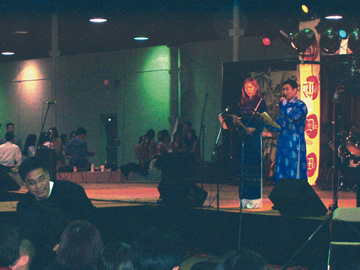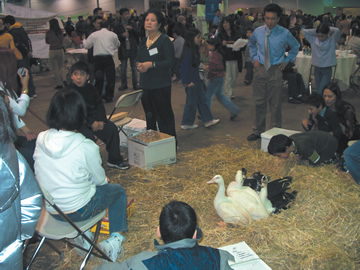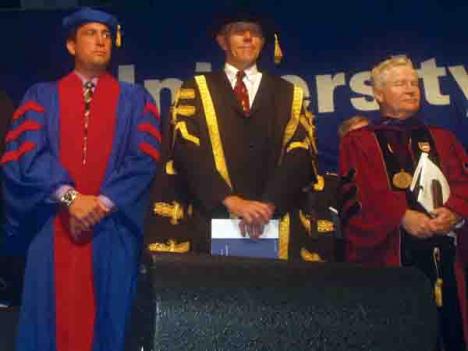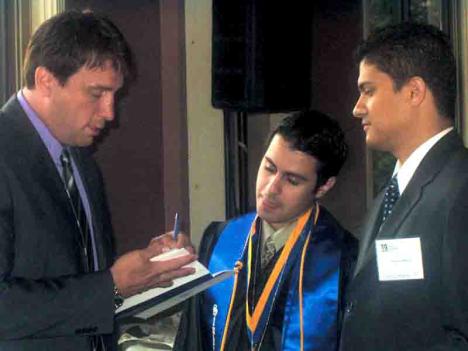Bringing in the New Year

February 12, 2003
Growing up, I was one of the few people I knew who got to celebrate bringing in the New Year twice. The first New Year’s celebration fell on January 1st, the day after my birthday. That one began with the mind-numbing cold of First Night in Boston and ended with watching fireworks over the Charles River. That was, of course, if one went by the solar calendar.
The New Year on the lunar calendar celebration kicks off at different times (due to the fact that the lunar calendar has 29.5 days in a month) and lasts for nearly two weeks. A tradition among many Asian cultures, New Year’s is one of my favorite holidays. Like the American New Year, the Asian New Year is a time for new beginnings; to wipe the slate clean and start over.
I was raised in a Chinese household, so for me, this is the year of the Goat. The official date of the New Year for 2003 is February 1. For each year that passes, it is characterized by one of the twelve animals of the zodiac.
Depending on which Asian culture you are familiar with, the names and traditions are slightly different. Those born in the Year of the Sheep or Goat are said to be charming, elegant and artistic, and like material comforts. A bit of a worrier, they also have a tendency to complain about things. Jobs as actors, gardeners, or beachcombers would suit.
There are a number of traditions involving the Spring Festival, as it is sometimes called. Certain foods are preferred, like bakery delights commonly called “moon cake.” They may have red soy, green soy, or egg baked into the center. One typical food is the Tang Yuan, a kind of dumplings made of sweet rice rolled into balls and stuffed with either sweet or spicy fillings.
Another custom is that of the red envelope. You are given a red envelope full of money to symbolize good fortune. The envelopes are usually red as the color symbolizes abundant happiness and all that is good for the soul.
This year Vietnamese New Year, or Tet as it is called, was celebrated at the Bayside Expo Center, February 8. The turnout was amazing for all the food, services, dancing, and games that were offered to those attending.
The Neponset Health Center had a table filled with brochures, in Vietnamese, offering information on free health care to those who couldn’t afford medical insurance. Services such as these are invaluable to those in the immigrant community who otherwise wouldn’t receive treatment.
There were several stands offering Vietnamese delicacies, New Year’s standards like the aforementioned moon cake. Another dessert offered that is starting to become popular is the “bubble tea” or “black pearl tea.” Made with boiled and sweetened beads of tapioca, this may be drunk either hot or cold in various flavored teas. The key to good bubble tea is the tapioca beads; they shouldn’t be too soft or too small. Their appearance and consistency should be that of a melting chocolate, somewhat gooey but still firm. When they’ve been boiled too long, they will be small and shriveled or, if they haven’t been defrosted completely, they’ll have little or no taste.
Every Asian culture has a different take on New Year. Some feel that cleaning the house beforehand to rid it of any lasting influences that could be bad luck is important, while others will use firecrackers and the famous dragon dance to ward off any evil that may dare to show its face. It affords those not raised with it a fun chance to become familiar with some interesting aspects of a culture.























































